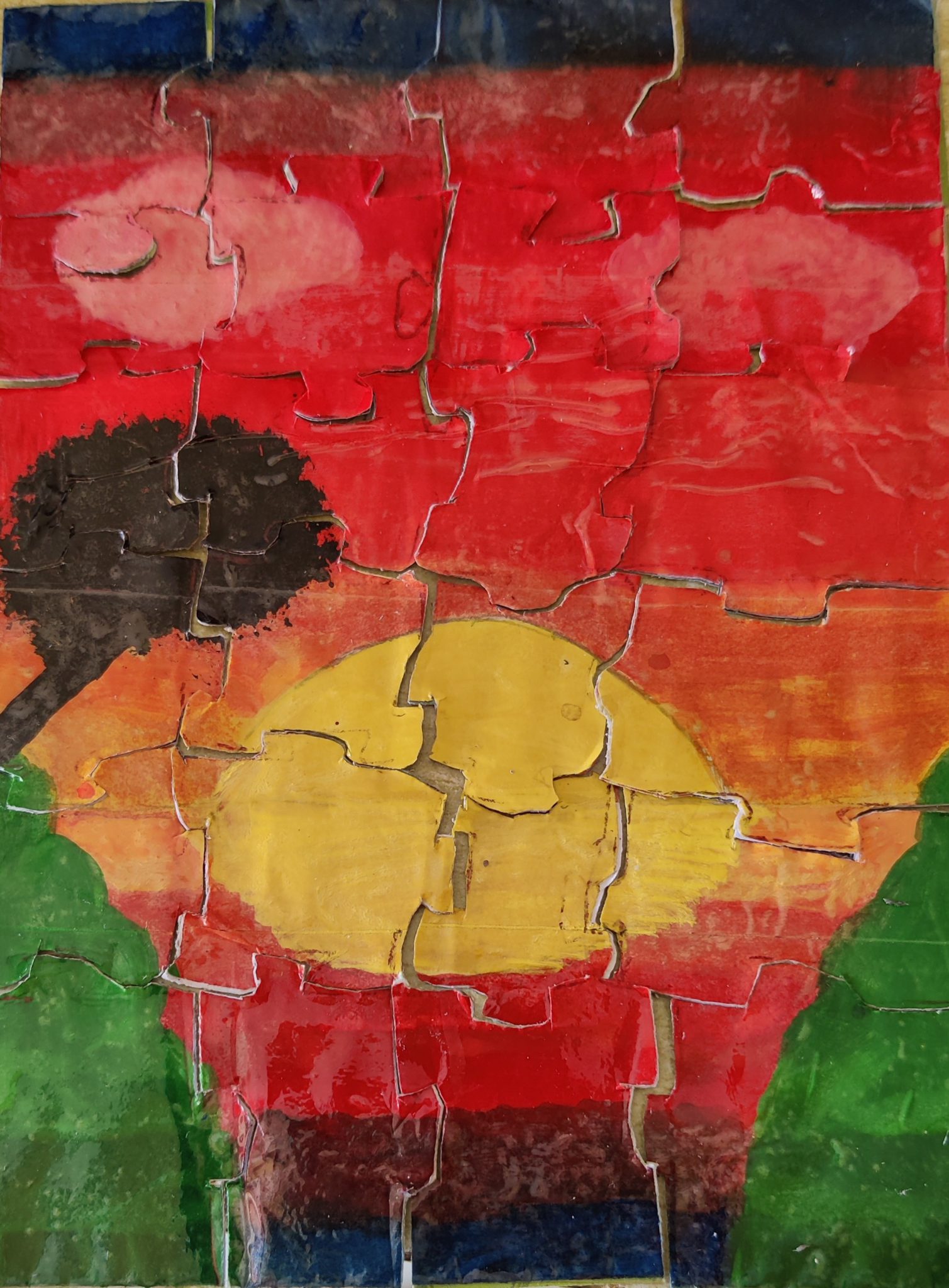Unsung Indian warrior women who fought the islamic invaders


Names like Bajirao and Maharana Pratap have been the talk of the country and are immortal names in the pages of history. Most of us have read texts about the brave men warriors but very little is known about the women who also bravely fought for freedom.
Can you tell five names that come to your mind when you think of women warriors fighting for the freedom of our country? We know Rani of Jhansi who fought the British, but can we recall any more women who freed us from rulers other than the British? Probably not.
It’s high time we talk about these unsung women warriors and know about their stories.
It is important for us to know and remember the above brave hearts. Their contributions cannot be overstated.
DISCLAIMER: The author is solely responsible for the views expressed in this article. The author carries the responsibility for citing and/or licensing of images utilized within the text.
